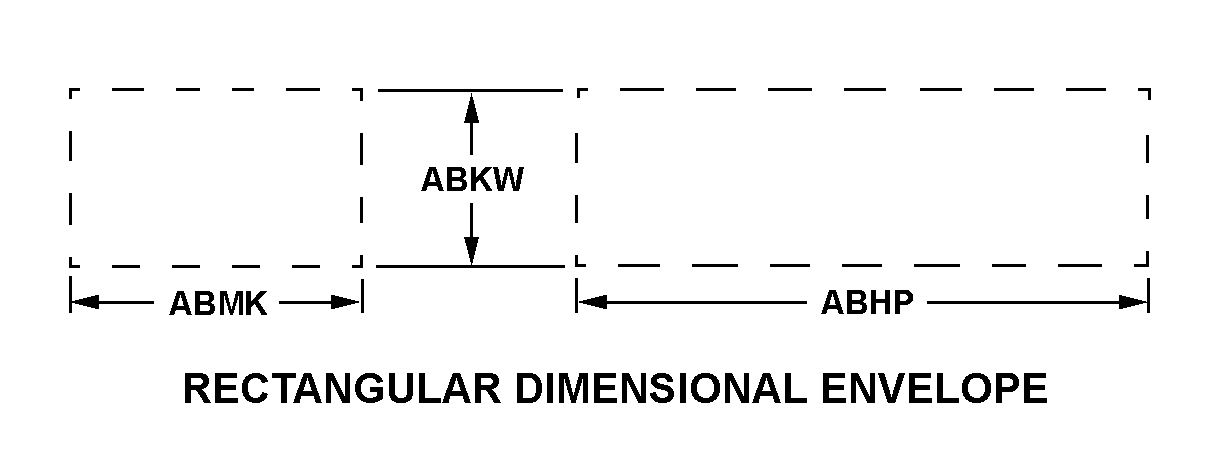5925002579785
Price Quote Get an up to date pricing and availability quote for this product. Order online or over the phone.
Quality Commitment
Serving our customers with quality and safety first.
- AS9120 Certified
- Audited supply chain
- ITAR Registered
- DDTC Registered
- HAZMAT Certified
- Customer service objectives
- Every product 100% inspected

5925-00-257-9785 Specification Set by the OEM (see RNCC code 3)
rectangular dimensional envelope
4.594in. ⁓4-19/32"
3.531in.
3.844in.
3
6 terminal
adjustable trip release
15.0 amperes ac all locations
500.0 ac all locations
overcurrent all locations
THERMAL-Magnetic all locations
instantaneous all locations and time delay all locations
175.0 all locations
+90.0/+105.0 ac all locations
3600.000 at 150 pct all locations and 420.000 at 200 pct all locations and 1500.000 at 200 pct all locations and 120.000 at 300 pct all locations and 240.000 at 300 pct all locations
50.0 deg celsius all locations
60.0 all locations
6 screw
Cross Reference Parts Part numbers that meet the specification outlined on this page and set by the OEM
Identification Item Identification Guide (IIG) and Item Name Code (INC)

Definition Definition of approved item name (AIN): "TRIPPER,CIRCUIT BREAKER"
An electromechanical device which releases the holding mechanism and permits the contacts of a circuit breaker to open. It is a replacement part of a circuit breaker. Does not include relays. See also thermal release, circuit breaker.
5925-00-257-9785 Material Hazmat, Precious Metals, Criticality, Enviroment, and ESD
Indicates there is no information in the hmirs. The nsn is in a fsc in table ii of fed std 313 and a msds may be required by the user. The requirement for a msds is dependent on a hazard determination of the supplier or the intended end use of item.
Item does not contain precious metal.
Represents items with no adp components
The item does not have a nuclear hardened feature or any other critical feature such as tolerance, fit restriction or application.
Identification Codes
HMIC: Hazardous Material Indicator Code. A one position code that identifies a hazardous item.
PMIC: Precious Metal Indicator Code. A one position code which identifies items that have precious metals as part of their content. precious metals are those metals generally considered to be uncommon, highly valuable, and relatively superior in certain properties such as resistance to corrosion and electrical conductivity.
ESD: Electrostatic Discharge. Indicates if an item is susceptible to electrostatic discharge or electromagnetic interference damage. electrostatic discharge damage occurs when an accumulation of static electricity generated by the relative motion or separation of materials is released to another item by direct contact. electromagnetic interference damage occurs when an item comes into proximity with an electrostatic or magnetic field.
ENAC: Enviromental Attribute Code. Identifies items with environmentally preferred characteristics.
CRITL: Criticality Indicator Code. Indicates an item is technically critical by tolerance, fit, application, nuclear hardness properties, or other characteristics.






